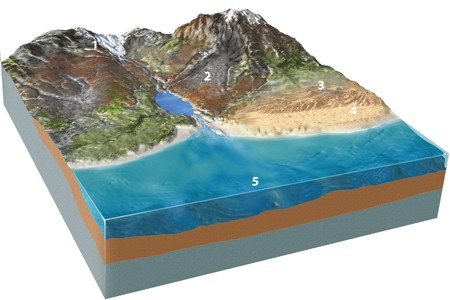Until the late nineteenth century, American cities were small, compact, and centrally oriented: everything was located within walking distance. What changed this pattern?
-Rural manufacturing
-The automobile
-streetcars
-Railroad lines
-New locations of a city's central business district (CBD)
-streetcars
You might also like to view...
Which of the following is NOT true with respect to natural resource economics?
A. Neoclassical economic theory is similar to natural resource economics. B. Natural resource economics views ecological processes as factors outside the economic system. C. Natural resources are seen as abundant in natural resource economics. D. Natural resource economics assigns a monetary value to some natural resources. E. The principles of thermodynamics and coevolution are incorporated into natural resource economics.
Both the existing and proposed high speed rail lines in South Korea begin in ________ and end in a coastal city
A) Pyongyang B) Pohang C) Seoul D) Wonsan
Which of the following locations would contain a wide variety of sediment, from large angular blocks to fine rock powder, produced from grinding of the rocks?
A. location 1, along the margins of a glacier B. location 2, along a steep mountain front C. location 3, in sand dunes D. location 4, along a beach E. location 5, on relatively deep seafloor
The greatest hazard to someone in a wood-frame house during an earthquake is ____
a. ?movement of the house off its foundation b. ?wall spreading leading to roof collapse c. ?crumbling of internal plaster and drywall d. ?vertical shaking separating walls from floor joists e. ?collapse of walls that are not diagonally braced